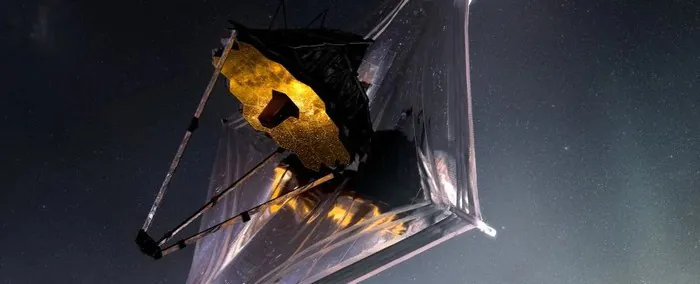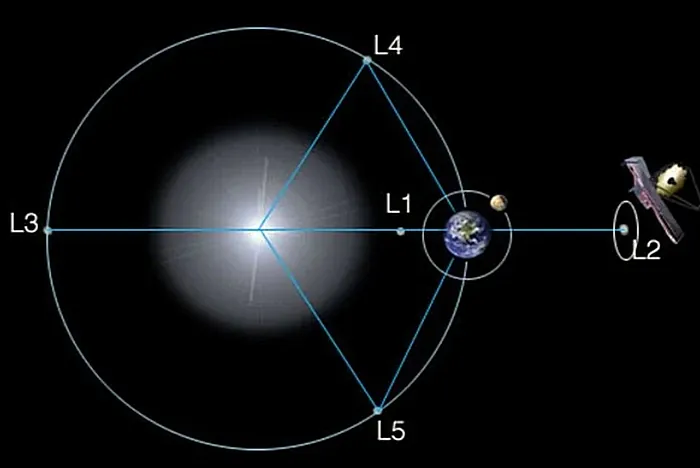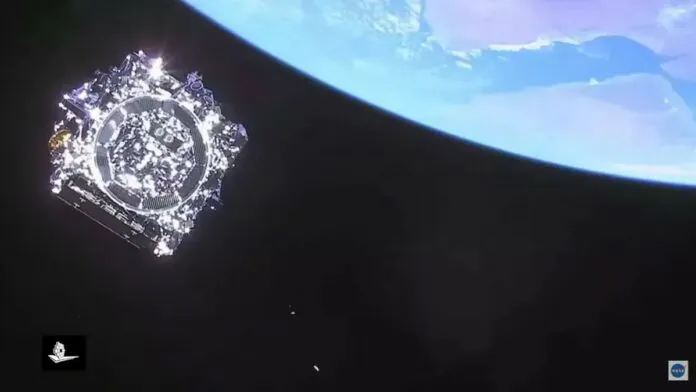© ROOT-NATION.com - Use of content is permitted with a backlink.
In its new location far from Earth, NASA’s James Webb Space Telescope may not be as lonely as it seems. The space pocket occupied by the telescope is not a complete vacuum – and inevitable has happened: a tiny piece of rock, a micrometeorite, collided with one of the segments of Webb’s mirror. But don’t panic. The engineers who built the telescope were well aware of the harsh conditions of space, and Webb was carefully designed to withstand them.
“We always knew that Webb would have to weather the space environment, which includes harsh ultraviolet light and charged particles from the Sun, cosmic rays from exotic sources in the galaxy, and occasional strikes by micrometeoroids within our Solar System,” says engineer and technical deputy project manager Paul Geithner of NASA’s Goddard Space Flight Center. “We designed and built Webb with performance margin – optical, thermal, electrical, mechanical – to ensure it can perform its ambitious science mission even after many years in space.”
The Webb is 1.5 million km from Earth, at the Lagrange point L2, where the gravitational interaction between two orbital bodies (in this case the Earth and the Sun) is balanced by the centrifugal force of the orbit, creating a stable pocket in which objects with low weight can be “parked” to reduce fuel consumption.

This is very useful for science, but other things may be gathering in these regions. It is unclear exactly how much dust has accumulated in L2, but it would be unreasonable to expect that there was none in the region.
The Webb was specifically designed to withstand the bombardment of particles moving at extremely high speeds. The designing process for the observatory included simulations. Engineers conducted tests on mirror samples to understand what the effects of the space environment could be and try to mitigate them. Impacts can move mirror segments, but the telescope has sensors to measure the position of the mirrors and the ability to adjust them to help correct any distortions that may occur.
The Flight Control Center here on Earth can also send the telescope settings to return the mirrors to where they should be. Its optics can even be pre-diverted from known meteor showers. And Webb was built with a huge margin of error, so the expected physical degradation over time will not lead to premature completion of the mission.

It is probably in a better position than Hubble, which in low Earth orbit was not only hit by micrometeorites but also constantly bombarded with space debris. However, unlike Hubble, the distance to Webb is too long for technicians to be able to physically visit and repair it (to be noted that Hubble underwent its latest maintenance in 2009).
The micrometeoroid that collided with the telescope somewhere between May 23 and May 25 was an accidental event. However, the impact was greater than expected, which means that it provides an opportunity to better understand the L2 environment and try to find strategies to protect the telescope in the future. The first full-color and spectroscopic images from Webb are yet to be received on schedule, July 12, 2022.
You can also help Ukraine fight with Russian occupants via Savelife or via an official page of the National Bank of Ukraine.
Read also:
- James Webb’s spectrograph calibration will start soon
- NASA’s James Webb Telescope is fully operational


